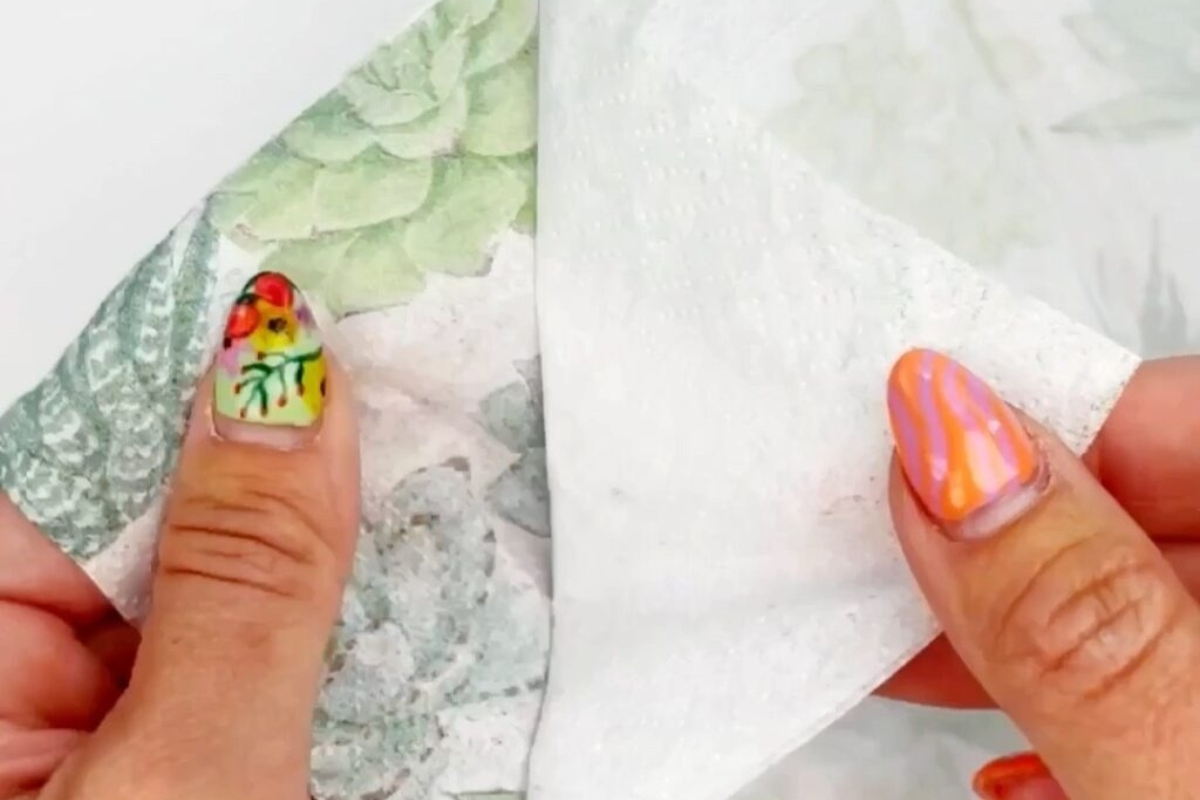

Tableware
What Is A Decoupage Napkin
Modified: January 18, 2024
Discover the art of decoupage with napkins in tableware. Learn how to create stunning designs and transform your dining experience.
(Many of the links in this article redirect to a specific reviewed product. Your purchase of these products through affiliate links helps to generate commission for Storables.com, at no extra cost. Learn more)
Introduction
Welcome to the wonderful world of decoupage napkins! If you are a fan of tableware and enjoy adding personal touches to your home decor, then decoupage napkins are a must-have accessory for you. With their vibrant colors, intricate designs, and versatility, decoupage napkins have become a popular choice among DIY enthusiasts and creative individuals.
Decoupage, derived from the French word “decouper” meaning “to cut out,” is the art of decorating objects by adhering pieces of paper or fabric onto various surfaces. In the case of decoupage napkins, delicate and beautifully designed napkins are used to transform ordinary items into statement pieces.
The allure of decoupage napkins lies in their ability to breathe life into any project. Whether you want to dress up a plain dish, revamp a tired piece of furniture, or create stunning home decor items, decoupage napkins offer endless possibilities for personal expression and creativity.
In this article, we will explore the world of decoupage napkins, from their history and materials used to the techniques, benefits, and common applications. Whether you are a seasoned crafter or a beginner looking to embark on your first decoupage adventure, this comprehensive guide will equip you with the knowledge and inspiration you need to create beautiful decoupage napkin projects.
So, grab your favorite cup of tea and let’s dive into the enchanting world of decoupage napkins!
Key Takeaways:
- Decoupage napkins are versatile, cost-effective, and offer a wide variety of designs, making them perfect for transforming everyday objects into stunning works of art. Unleash your creativity and personalize your surroundings with decoupage napkins!
- Care and maintenance are crucial for preserving the beauty and longevity of decoupage napkin creations. Handle with care, avoid harsh cleaning methods, and store properly to enjoy your decoupage masterpieces for years to come.
Read more: How To Decoupage On Glass
Definition of Decoupage Napkin
Decoupage napkins are specially designed, thin, and delicate napkins that are used for the art of decoupage. They are made from high-quality tissue paper or rice paper, and feature a wide range of vibrant colors, patterns, and designs.
In the world of decoupage, the term “decoupage napkin” refers to the decorative napkins that are used to create unique and visually appealing designs on various surfaces such as wood, glass, ceramic, and metal. These napkins are specifically created for decoupage, with their thin and flexible texture making them perfect for adhering to different materials without creating creases or wrinkles.
Decoupage napkins are different from regular food or party napkins. Rather than using them for their traditional purpose, like wiping your hands or cleaning up spills, decoupage napkins are intended to be a medium for creative expression and artistic transformation.
The designs on decoupage napkins are printed using special techniques that ensure the ink does not bleed or fade when applied to other surfaces. This ensures that the intricate patterns and vibrant colors of the napkins stay intact, even after the decoupage process.
Decoupage napkins come in various sizes, but the most common size is around 13×13 inches. Their square shape makes them versatile for application on different objects, and their size allows for easy manipulation and placement during the decoupage process.
These napkins can be purchased individually or in sets, giving you a wide range of design options to choose from. From floral motifs and vintage illustrations to abstract patterns and holiday-themed designs, there is a decoupage napkin for every creative vision and project.
Now that we have defined decoupage napkins, let’s explore their fascinating history and how they have evolved into the popular artistic medium they are today.
History of Decoupage Napkin
The art of decoupage has been around for centuries, with its origins traced back to ancient civilizations such as China, Egypt, and Persia. However, the use of decoupage napkins as a key element in the decoupage process is a relatively more recent development.
Decoupage itself gained popularity in Europe during the 17th and 18th centuries, particularly in France and England. Wealthy individuals would commission skilled artisans to decorate their furniture and household items using decoupage techniques. The process involved cutting and layering paper or fabric onto the desired surface, then sealing it with varnish to create a smooth and durable finish.
Once the art of decoupage became more accessible to the general public, the use of decoupage napkins began to emerge. This was largely due to the advancements in printing technology and the availability of printed decorative paper. Napkins, with their fine texture and intricate designs, became a popular choice for decoupage enthusiasts looking to add a touch of elegance and sophistication to their creations.
Initially, decoupage napkins were made from fine tissue paper and primarily featured simple floral patterns or ornate designs inspired by nature. However, as the popularity of decoupage grew, so did the demand for a wider variety of patterns and designs. This led to the development of specialized printing techniques that allowed for more intricate and detailed designs to be applied to the napkins.
In recent years, rice paper napkins have become increasingly popular in the world of decoupage. Rice paper, also known as mulberry paper, has a slightly transparent and lightweight texture, making it ideal for achieving a seamless and natural look on decoupage projects. Rice paper napkins often feature delicate motifs, traditional Asian designs, or abstract patterns.
The evolution of decoupage napkins mirrors the changing trends and preferences in the world of art and design. Today, you can find decoupage napkins in a wide array of styles, ranging from vintage and shabby chic to modern and contemporary. The diversity in designs and the quality of printing techniques have made decoupage napkins an essential component for artists, crafters, and enthusiasts who aspire to create unique and visually striking decoupage projects.
Now that we have explored the history of decoupage napkins, let’s delve into the materials used in the decoupage process and how they contribute to creating stunning decoupage creations.
Materials Used in Decoupage Napkin
Decoupage napkin projects require a few essential materials to bring your creative vision to life. Whether you are a beginner or an experienced crafter, having the right materials is crucial for achieving successful decoupage results. Let’s take a look at some of the key materials used in the decoupage process.
1. Decoupage Napkins: The star of the show, decoupage napkins come in a wide range of designs, colors, and patterns to suit every taste and project. These thin and delicate napkins are made from tissue paper or rice paper, and their high-quality printing ensures the vibrant colors and intricate details shine through.
2. Surfaces: Decoupage can be applied to various surfaces such as wood, glass, ceramic, metal, and even fabric. Choose a surface that suits your project, making sure it is clean and smooth. Wooden objects, such as boxes or trays, are popular choices for decoupage due to their versatility and ability to showcase the napkin designs effectively.
3. Decoupage Glue/Adhesive: A good decoupage glue is essential for adhering the napkins to the surface and creating a durable bond. There are various types of decoupage glues available, including matte, gloss, and satin finishes. Choose a glue that suits your desired look and provides a strong hold.
4. Paint and Brushes: While not always necessary, paint and brushes can be used to enhance and customize the napkin designs or the surface itself. Acrylic paints are commonly used in decoupage projects due to their versatility and fast drying time.
5. Sealer/Varnish: Once the napkin is adhered to the surface, applying a sealer or varnish is crucial to protect the artwork from damage, add a smooth finish, and increase durability. Depending on your preference, you can choose between matte, gloss, or satin sealers.
6. Scissors or Craft Knife: You will need scissors or a craft knife to carefully cut out specific parts of the napkin design or trim any excess napkin edges. Clean, sharp scissors or a sharp craft knife will help achieve precise cuts.
7. Sponges or Foam Brushes: Sponges or foam brushes are used to apply the glue or adhesive onto the surface and smooth out any air bubbles or wrinkles. These tools ensure even distribution of the glue and provide a seamless finish.
Additional optional materials include decorative embellishments like ribbons, beads, or rhinestones to further enhance the design and add a personal touch to your decoupage creation.
With these essential materials at your disposal, you are ready to embark on your decoupage journey. From transforming plain wooden boxes into stunning works of art to giving a vintage tray a new lease on life, the possibilities are endless with decoupage napkins.
Now that we know the materials needed, let’s explore the various techniques involved in the decoupage process.
Techniques for Decoupage Napkin
Decoupage napkin projects offer endless possibilities for creativity and self-expression. With a variety of techniques at your disposal, you can achieve different effects and styles in your decoupage creations. Whether you are a beginner or an experienced crafter, here are some popular techniques you can explore when working with decoupage napkins.
1. Single Layer Decoupage: This technique involves adhering a single layer of the decoupage napkin to the surface. Carefully cut out the desired design from the napkin, apply a layer of decoupage glue to the surface, and place the napkin on top. Smooth out any wrinkles or air bubbles with a sponge or foam brush. Once dry, seal the napkin with a layer of varnish or sealer for added protection.
2. Layered Decoupage: Layered decoupage adds depth and dimension to your project by applying multiple layers of napkins. Start by selecting different napkins with complementary designs. Cut out specific elements or sections from each napkin and layer them onto the surface. Apply glue between each layer, smoothing out any bubbles or wrinkles. Seal with a varnish or sealer once all layers have dried.
3. Torn Paper Technique: For a more rustic and textured look, try the torn paper technique. Instead of cutting out precise shapes, tear the napkin into irregular pieces. Apply the decoupage glue to the surface and randomly place the torn napkin pieces, overlapping them for a collage-like effect. Smooth out any wrinkles or bubbles with a sponge or brush, and seal with varnish or sealer.
4. Crackle Effect: The crackle effect technique adds a vintage and aged appearance to your decoupage project. Start by applying a base coat of paint to the surface and let it dry. Apply a layer of crackle medium over the painted surface and let it partially dry. Then, apply another coat of contrasting-colored paint. As it dries, the crackle medium will cause the top layer of paint to crack, revealing the base coat underneath. Once dry, you can proceed with decoupaging the napkin onto the crackled surface.
5. Reverse Decoupage: Reverse decoupage is a technique where the napkin is applied to the back of a glass or transparent surface, creating a unique and striking effect. Start by cleaning the glass surface thoroughly. Apply a layer of decoupage glue to the back of the glass and carefully place the napkin, design side down, onto the glue. Smooth out any air bubbles or wrinkles, and let it dry. Once dry, you will see the napkin design through the glass, creating a beautiful and unconventional look.
These are just a few of the many techniques you can experiment with when working with decoupage napkins. Remember to always follow the instructions of the specific materials you are using and allow proper drying time between layers. Don’t be afraid to get creative and mix techniques to achieve your desired outcome.
Now that we have explored the techniques, let’s move on to the benefits of using decoupage napkins in your creations.
Read more: What Is A Napkin Made Of
Benefits of Using Decoupage Napkin
Decoupage napkins offer a wide range of benefits that make them a popular choice for crafters, artists, and DIY enthusiasts. Whether you are a beginner or an experienced creator, here are some of the key benefits of using decoupage napkins in your projects.
1. Wide Variety of Designs: Decoupage napkins come in an extensive range of designs, patterns, and themes. Whether you prefer floral motifs, vintage illustrations, abstract patterns, or holiday-themed designs, there is a decoupage napkin to suit every style and preference. This vast selection allows you to personalize your projects and add your unique touch to every creation.
2. Versatility: Decoupage napkins can be applied to a wide variety of surfaces, including wood, glass, ceramic, metal, and fabric. This versatility gives you the freedom to transform ordinary objects into stunning works of art. Whether you want to revamp a furniture piece, decorate a plain box, or personalize a glass jar, decoupage napkins provide endless possibilities for creative expression.
3. Easy Application: The thin and flexible texture of decoupage napkins makes them easy to work with. They adhere smoothly to surfaces, allowing for seamless integration with your project. The delicate nature of the napkins also ensures that they conform to the shape and contours of the surface, resulting in a natural and professional-looking finish.
4. Vibrant Colors and Intricate Details: Decoupage napkins are designed using high-quality printing techniques that preserve the vibrant colors and intricate details of the original artwork. This ensures that the napkin designs remain visually stunning even after the decoupage process. The vivid colors and fine details add depth and visual interest to your projects, making them eye-catching and captivating.
5. Cost-Effective: Decoupage napkins are a cost-effective way to add a touch of elegance and style to your creations. With a single napkin, you can transform multiple objects, making it a budget-friendly option for DIY projects. They offer an affordable way to achieve a high-end and personalized look without breaking the bank.
6. Durable and Long-Lasting: When properly applied and sealed, decoupage napkins create a strong and durable bond with the surface. The layers of decoupage glue and sealer protect the artwork from scratches, fading, and general wear and tear. This ensures that your decoupage creations last for a long time, making them ideal for home decor, gifts, and even functional items.
7. Creative Outlet: Working with decoupage napkins allows you to unleash your creativity and express your unique style. Whether you enjoy intricate designs, bold colors, or whimsical patterns, decoupage napkins give you the opportunity to create one-of-a-kind pieces that reflect your personal taste and artistic vision.
These are just a few of the many benefits of using decoupage napkins. Whether you are an experienced crafter or a beginner looking for a creative outlet, decoupage napkins provide a world of possibilities for bringing your artistic ideas to life.
Now that we’ve explored the benefits, let’s discover some common applications of decoupage napkins.
When using decoupage napkins, make sure to separate the layers and only use the top printed layer for a clean and smooth finish on your project.
Common Applications of Decoupage Napkin
Decoupage napkins are incredibly versatile and can be used in a wide range of applications. From home decor to gifting, these beautiful napkins can elevate any project. Here are some common applications of decoupage napkins that will inspire your creativity:
1. Furniture Makeovers: One of the most popular uses of decoupage napkins is to transform old or plain furniture pieces into stunning focal points. Whether it’s a vintage dresser, a wooden table, or a chair, decoupage napkins can add a unique touch to the surface. You can cover the entire piece with napkins or create intricate designs on specific areas to breathe new life into your furniture.
2. Home Decor: Decoupage napkins can be used to decorate various items around your home. Apply them to vases, candle holders, picture frames, or decorative boxes to add a personalized and artistic touch. You can also decoupage napkins onto lampshades, create wall art, or even adorn switch plates and coasters. The possibilities are endless when it comes to enhancing your home decor with decoupage napkins.
3. Tableware: Bring a touch of elegance and sophistication to your dining table with decoupage napkins. Apply them to plain plates, glasses, or chargers to create stunning table settings for special occasions or everyday use. You can also decoupage napkins onto serving trays or napkin holders to complete your tableware ensemble.
4. Fashion Accessories: Take your personal style to the next level by incorporating decoupage napkins into your fashion accessories. Use them to decorate jewelry boxes, hair accessories, or even create unique statement pieces like bangle bracelets or pendants. Add a layer of resin or varnish to give the accessories a glossy and professional finish.
5. Gift Wrapping and Cards: Make your gifts extra special by incorporating decoupage napkins into your gift wrapping or personalized cards. Choose designs that match the recipient’s taste or the occasion for a truly personalized touch. Apply the napkins to the gift box or use small cutouts as decorative elements on your handmade cards.
6. Upcycling: Give new life to old or discarded items by upcycling them with decoupage napkins. Turn empty glass jars into beautiful candle holders, tin cans into stylish pen holders, or wine bottles into decorative vases. Decoupage napkins can add color and charm to these repurposed items and transform them into unique decor pieces.
7. Children’s Crafts: Decoupage napkins can be a fun and engaging activity for kids. They can use napkins to decorate their piggy banks, pencil holders, or create artwork for their bedroom walls. This allows children to develop their creativity and explore personal expression while having an enjoyable crafting experience.
These are just a few of the many applications of decoupage napkins. Let your imagination run wild, and discover innovative ways to incorporate these beautiful napkins into your projects.
Now that we’ve explored the common applications of decoupage napkins, let’s move on to a step-by-step guide on how to create decoupage napkin projects.
Step-by-Step Guide to Decoupage Napkin
Creating a decoupage napkin project is a fun and rewarding process. Whether you’re a beginner or an experienced crafter, follow this step-by-step guide to achieve beautiful decoupage results:
Step 1: Choose Your Project and Prep the Surface
Decide on the item you want to decoupage, whether it’s a wooden box, a glass jar, or a picture frame. Clean the surface thoroughly to remove any dirt or dust, ensuring a smooth and clean base for the napkins.
Step 2: Select and Cut the Napkin Design
Choose the decoupage napkin that best suits your project and carefully cut out the desired design. You can choose to use the entire napkin or select specific elements to showcase on your project.
Step 3: Apply Glue to the Surface
Apply a thin and even layer of decoupage glue or adhesive to the surface of your project. Use a sponge or foam brush to spread the glue evenly, ensuring that it covers the entire area where the napkin will be placed.
Step 4: Place the Napkin on the Glue
Gently place the cut-out napkin design onto the glue-covered surface. Use your fingers or a soft brush to smooth out any wrinkles or air bubbles, starting from the center and working your way outwards.
Step 5: Seal the Napkin
Once the napkin is in place and smoothed out, apply a layer of decoupage glue or adhesive over the napkin. This will seal the napkin, protect the design, and ensure its longevity. Take care not to disturb the napkin while applying the sealer.
Step 6: Let It Dry
Allow the project to dry completely according to the instructions provided with the decoupage glue or adhesive. This may take a few hours or overnight, depending on the specific product used.
Step 7: Optional: Finishing Touches
If desired, you can add additional decorative touches to your project. This could include painting the edges or embellishing with beads, ribbons, or other decorative elements. These extra touches will add a personalized and unique flair to your decoupage masterpiece.
Step 8: Apply Final Sealant
For added protection and a polished finish, apply a final layer of varnish or sealer over the entire project. This will protect the design, enhance the colors, and make the surface more durable.
Once the final sealant is dry, your decoupage napkin project is complete! Admire your creation and find the perfect place to showcase it in your home or consider gifting it to someone special.
With this step-by-step guide, you can confidently embark on your decoupage journey and create beautiful and personalized projects with decoupage napkins.
Lastly, let’s explore some useful tips and tricks to ensure successful decoupage napkin projects.
Tips and Tricks for Successful Decoupage Napkin
Decoupage napkin projects can be both enjoyable and rewarding. To ensure successful results, consider these helpful tips and tricks:
1. Choose the Right Napkins: Select decoupage napkins with designs and colors that resonate with your project. Consider the size of your project and choose napkins that will fit well on the surface without excessive cutting or overlapping.
2. Practice on a Sample Surface: If you are new to decoupage, it’s a good idea to practice on a small sample surface before working on your main project. This will give you a chance to familiarize yourself with the process and refine your technique.
3. Use Sharp Scissors or Craft Knife: Ensure your scissors or craft knife is sharp to achieve precise cuts when working with the napkins. This will help create clean edges and a professional finish.
4. Apply Thin and Even Layers of Glue: When applying the decoupage glue or adhesive to the surface, aim for thin and even layers. This will help prevent excessive wetness and minimize the risk of wrinkles or buckling in the napkin.
5. Smooth Out Air Bubbles and Wrinkles: Use a soft brush or your fingers to gently smooth out any air bubbles or wrinkles on the napkin once it’s placed on the surface. Start from the center and work your way outwards to achieve a smooth and seamless appearance.
6. Let Each Layer Dry Before Applying the Next: If you are layering multiple napkins or adding additional elements, make sure to let each layer dry completely before applying the next one. This will help maintain the integrity of the design and prevent smudging or tearing.
7. Experiment with Different Finishes: Explore different finishes such as matte, gloss, or satin sealers to achieve the desired look for your decoupage project. Each finish can create a unique effect and enhance the overall appearance of the napkin design.
8. Protect Your Workspace: As decoupage can be a messy process, protect your workspace with newspaper or a craft mat to catch any spills or glue drips. This will make cleanup easier and keep your workspace tidy.
9. Apply Sealer to the Edges: To ensure the edges of the napkin are securely adhered and sealed, apply an extra layer of varnish or sealer to the edges. This will prevent them from lifting or fraying over time.
10. Practice Patience: Allow ample drying time between layers and before handling the finished project. Rushing the process can lead to smudging, wrinkles, or even damage to the artwork. Patience is key to achieving a professional and flawless result.
By implementing these tips and tricks, you can ensure successful and visually stunning decoupage napkin projects. Enjoy the process, embrace your creativity, and let your decoupage creations reflect your unique style.
Now that you’re armed with these useful tips, let’s explore how to care for and maintain your decoupage napkin creations.
Read more: How To Fold A Napkin With A Napkin Ring
Care and Maintenance of Decoupage Napkin Creations
Decoupage napkin creations are not only beautiful but also require proper care and maintenance to ensure their longevity. By following these simple guidelines, you can keep your decoupage projects looking vibrant and well-preserved:
1. Gentle Cleaning: When it comes to cleaning decoupage napkin creations, it’s important to be gentle. Avoid using abrasive cleaners, harsh chemicals, or excessive scrubbing, as these can damage the surface and the decoupage artwork. Instead, use a soft, damp cloth or a mild cleaning solution to gently wipe the surface clean.
2. Avoid Exposure to Water: While decoupage napkins are sealed with varnish or sealer, it’s best to avoid prolonged exposure to water. Keep your decoupage creations away from direct water sources such as sinks, showers, or outdoors. If they do get wet, gently blot dry with a soft cloth to prevent damage.
3. Handle with Care: Treat your decoupage napkin creations with care, especially if they are on fragile surfaces like glass or ceramic. Avoid dropping or banging the objects, as this can cause the napkin to tear or peel. Handle them with clean hands to prevent smudging or transferring dirt onto the artwork.
4. Minimize Sun Exposure: Prolonged exposure to direct sunlight can fade the colors of decoupage napkin creations. To preserve the vibrancy of the artwork, display your creations away from direct sunlight or use UV-protective glass in picture frames.
5. Dust Regularly: Dust can accumulate on the surface of decoupage napkin creations over time. Use a soft, dry cloth or a feather duster to gently remove any dust particles. Avoid using harsh brushes or abrasive materials that can scratch or damage the artwork.
6. Refresh the Varnish: Over time, the protective varnish on your decoupage creations may wear off or become dull. To maintain their luster and protection, you can periodically apply a fresh coat of varnish or sealer. Follow the instructions on the product and allow proper drying time between coats.
7. Store Properly: If you need to store your decoupage napkin creations, choose a clean and dry location away from extreme temperatures and humidity. Wrap them in acid-free tissue paper to prevent sticking or damage. Avoid stacking them on top of each other to prevent any pressure or weight that could cause the layers to stick together.
8. Avoid Sharp Objects: Be cautious around sharp objects that could scratch or tear the delicate decoupage artwork. Keep them away from sharp utensils, keys, or any sharp-edged items that may accidentally come into contact with your creations.
By following these care and maintenance tips, you can enjoy your decoupage napkin creations for years to come. Regular cleaning, gentle handling, and protective measures will preserve the beauty and integrity of the artwork, allowing you to showcase your talents and creativity to their fullest extent.
Now that you are equipped with the knowledge of caring for your decoupage napkin creations, it’s time to let your imagination run wild and enjoy the art of decoupage!
Note: When using cleaning solutions or varnishes, always follow the manufacturer’s instructions and test them on a small, inconspicuous area before applying them to the entire decoupage napkin creation.
Conclusion
Decoupage napkins have become a beloved medium for artists, crafters, and DIY enthusiasts alike. Their vibrant colors, intricate designs, and versatility offer endless creative possibilities for transforming ordinary objects into stunning works of art.
In this comprehensive guide, we have explored the definition and history of decoupage napkins, delving into their origins and evolution as a popular artistic medium. We also delved into the materials used in decoupage napkin projects, from the napkins themselves to the essential tools and supplies needed for success.
Understanding the various techniques involved in decoupage napkin projects is key to achieving beautiful and professional results. We explored different techniques, such as single layer and layered decoupage, torn paper technique, crackle effect, and reverse decoupage, each offering its own unique aesthetic and style.
The benefits of using decoupage napkins were also highlighted, including the wide variety of designs, versatility, and cost-effectiveness they provide. We discovered common applications of decoupage napkins, from furniture makeovers and home decor to fashion accessories and children’s crafts.
A step-by-step guide was provided to help you navigate the process of creating your own decoupage napkin projects, ensuring a successful and enjoyable experience. We also shared valuable tips and tricks for achieving professional results, as well as important care and maintenance guidelines to help prolong the life and beauty of your decoupage creations.
Decoupage napkins offer a truly unique and captivating way to express your creativity and add a personal touch to your surroundings. Whether you are embellishing your home, creating gifts for loved ones, or simply indulging in a fulfilling artistic hobby, decoupage napkins have the power to transform everyday objects into extraordinary pieces of art.
So, gather your decoupage napkins, unleash your imagination, and embark on a journey of creativity and self-expression. With the knowledge gained from this guide, you are now equipped with the skills and insights to take your decoupage projects to new heights.
Enjoy the process, embrace your creativity, and let your decoupage napkin creations bring joy, beauty, and inspiration to your life and those around you. Happy decoupaging!
Frequently Asked Questions about What Is A Decoupage Napkin
Was this page helpful?
At Storables.com, we guarantee accurate and reliable information. Our content, validated by Expert Board Contributors, is crafted following stringent Editorial Policies. We're committed to providing you with well-researched, expert-backed insights for all your informational needs.
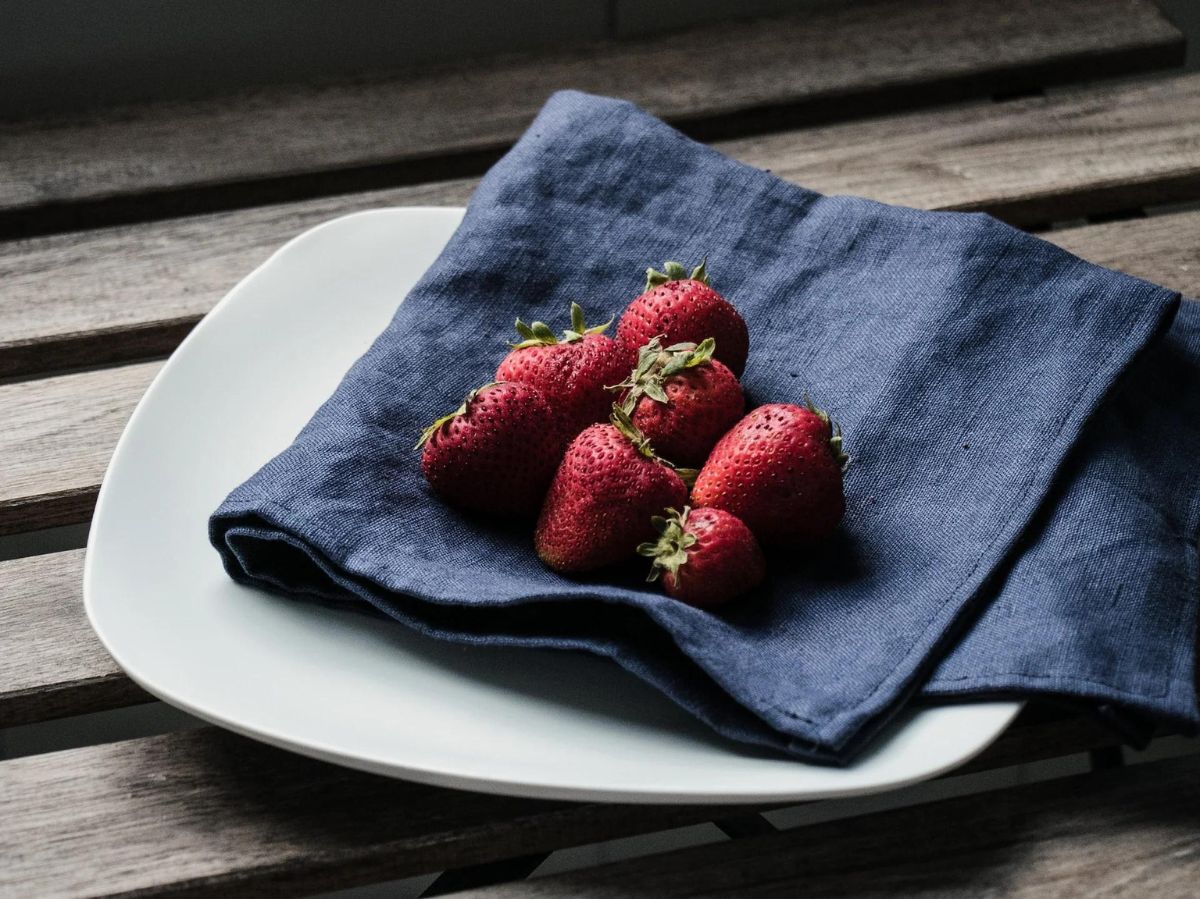
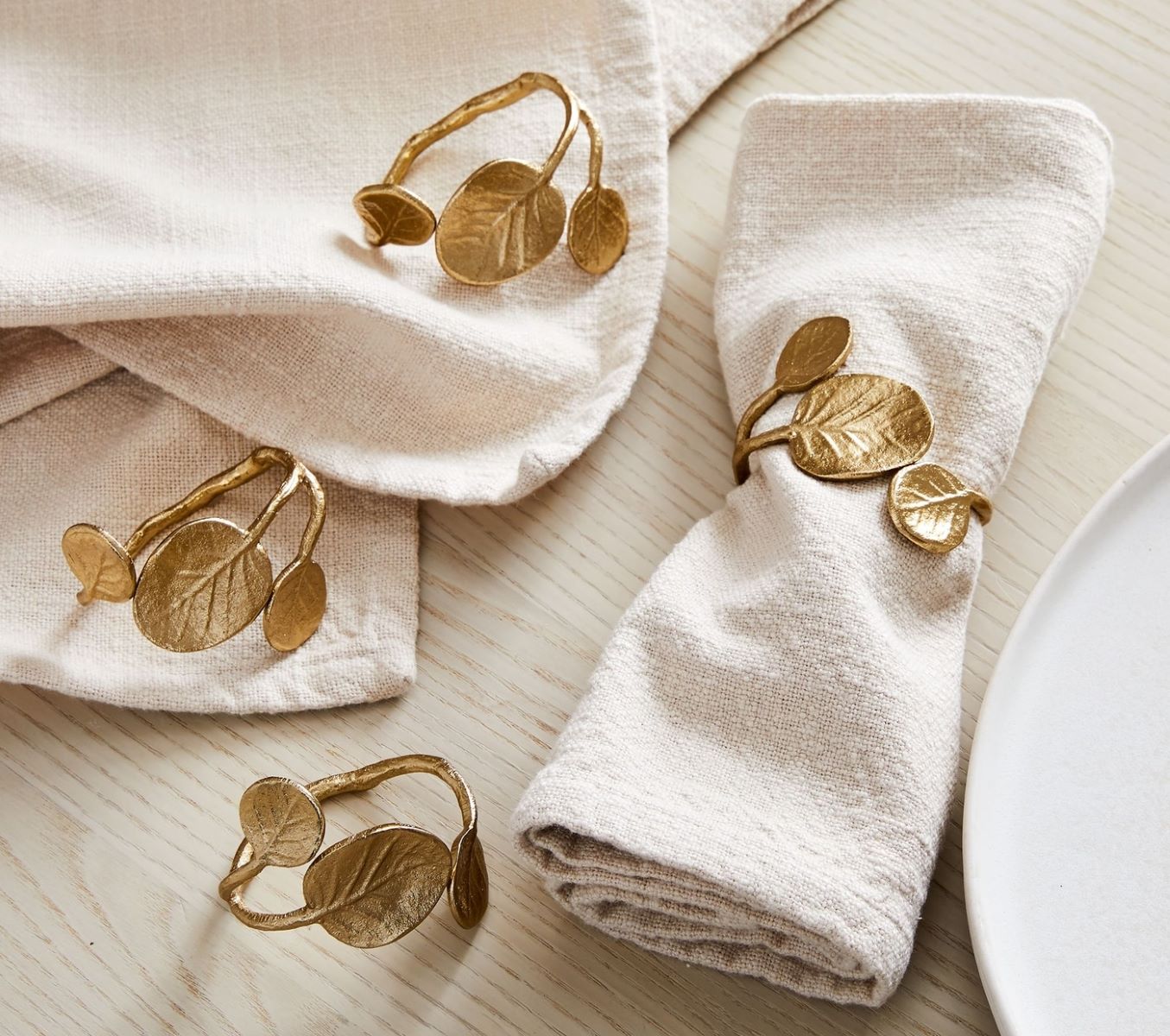
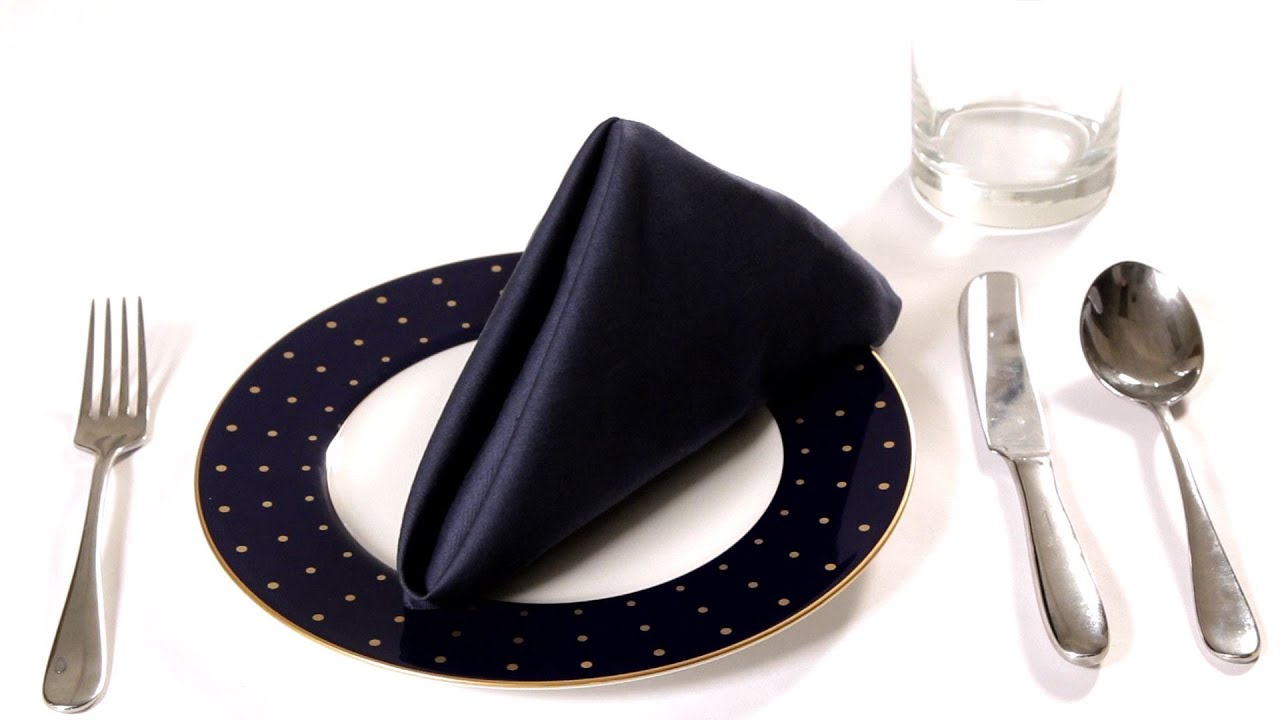
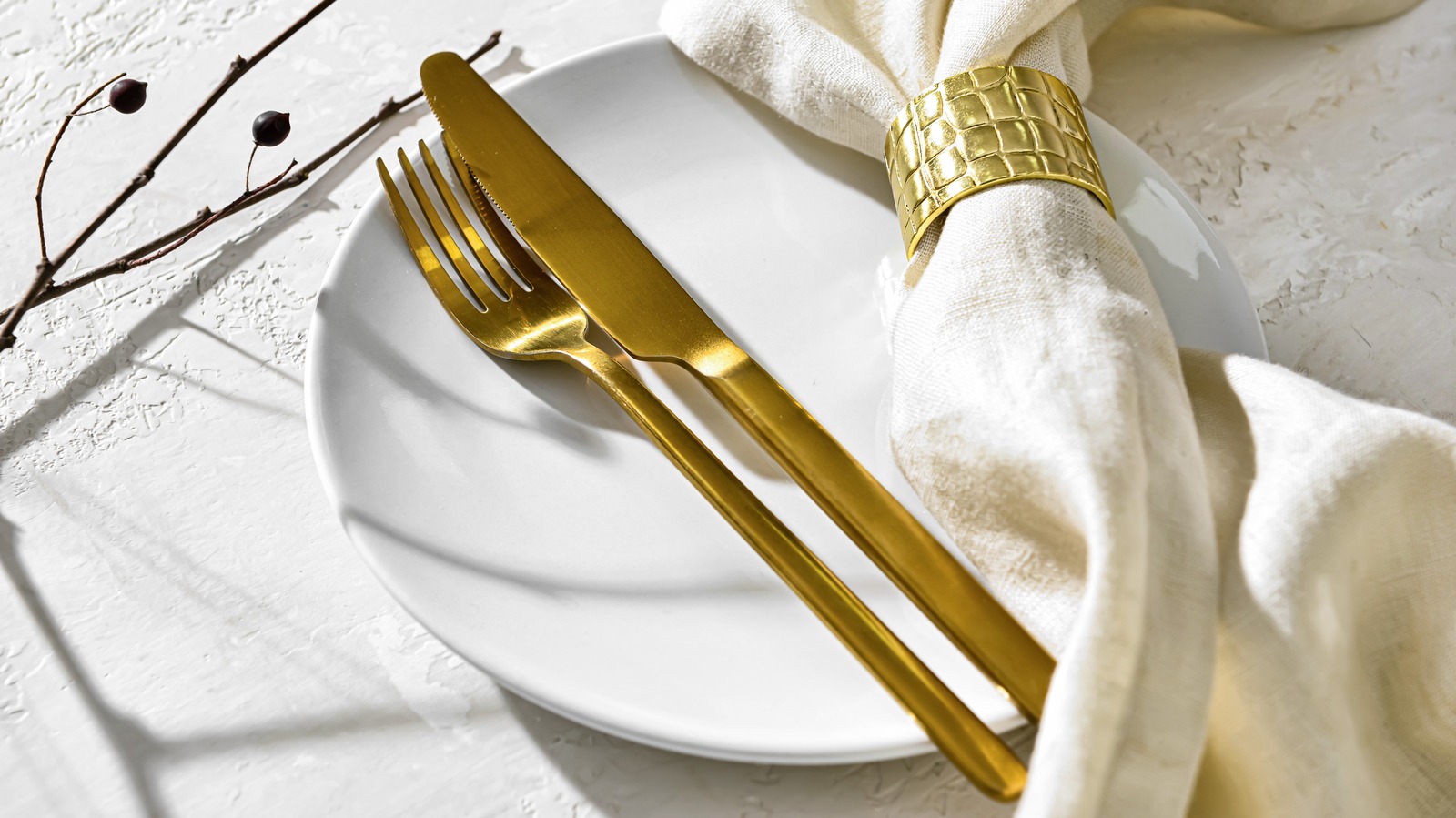
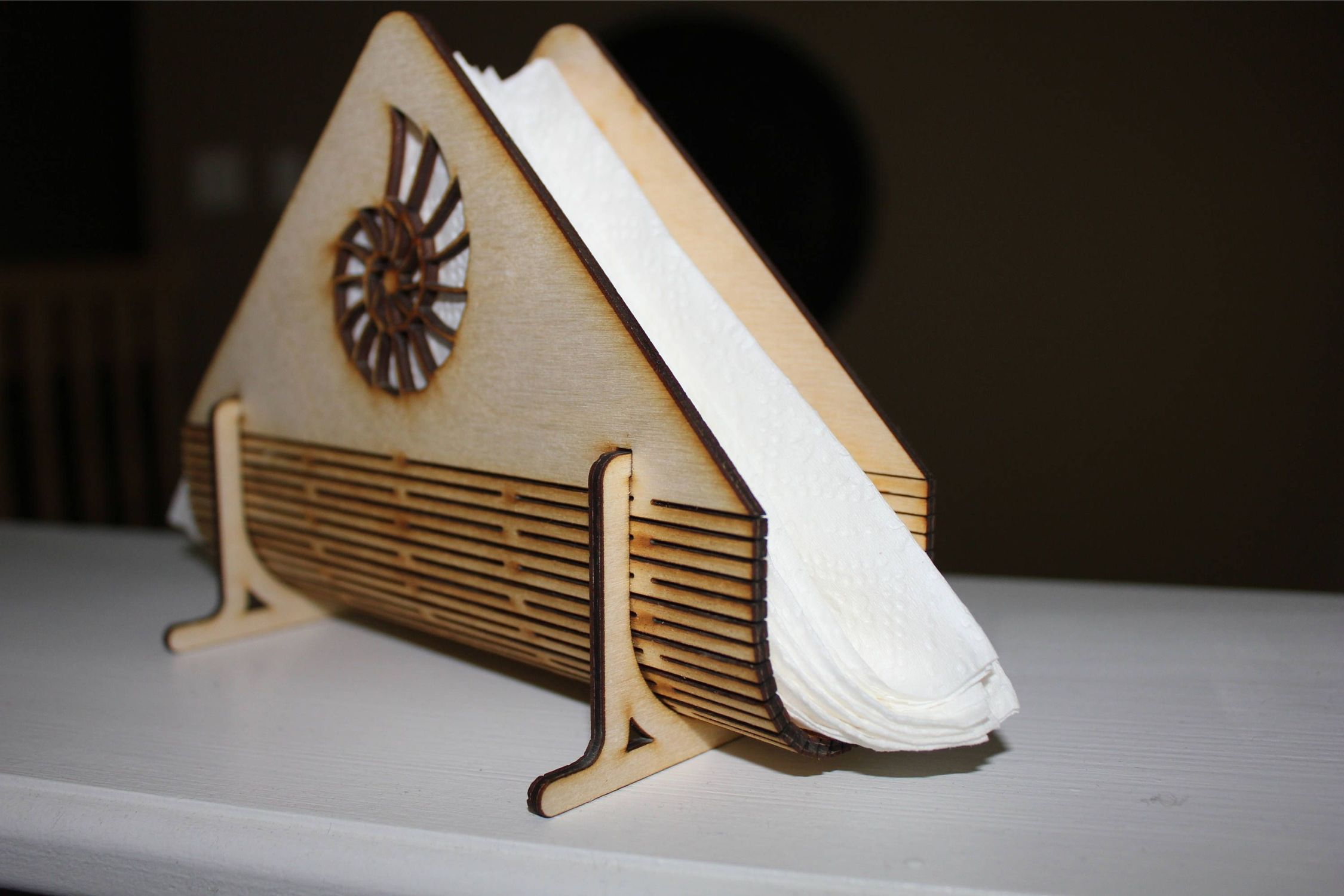
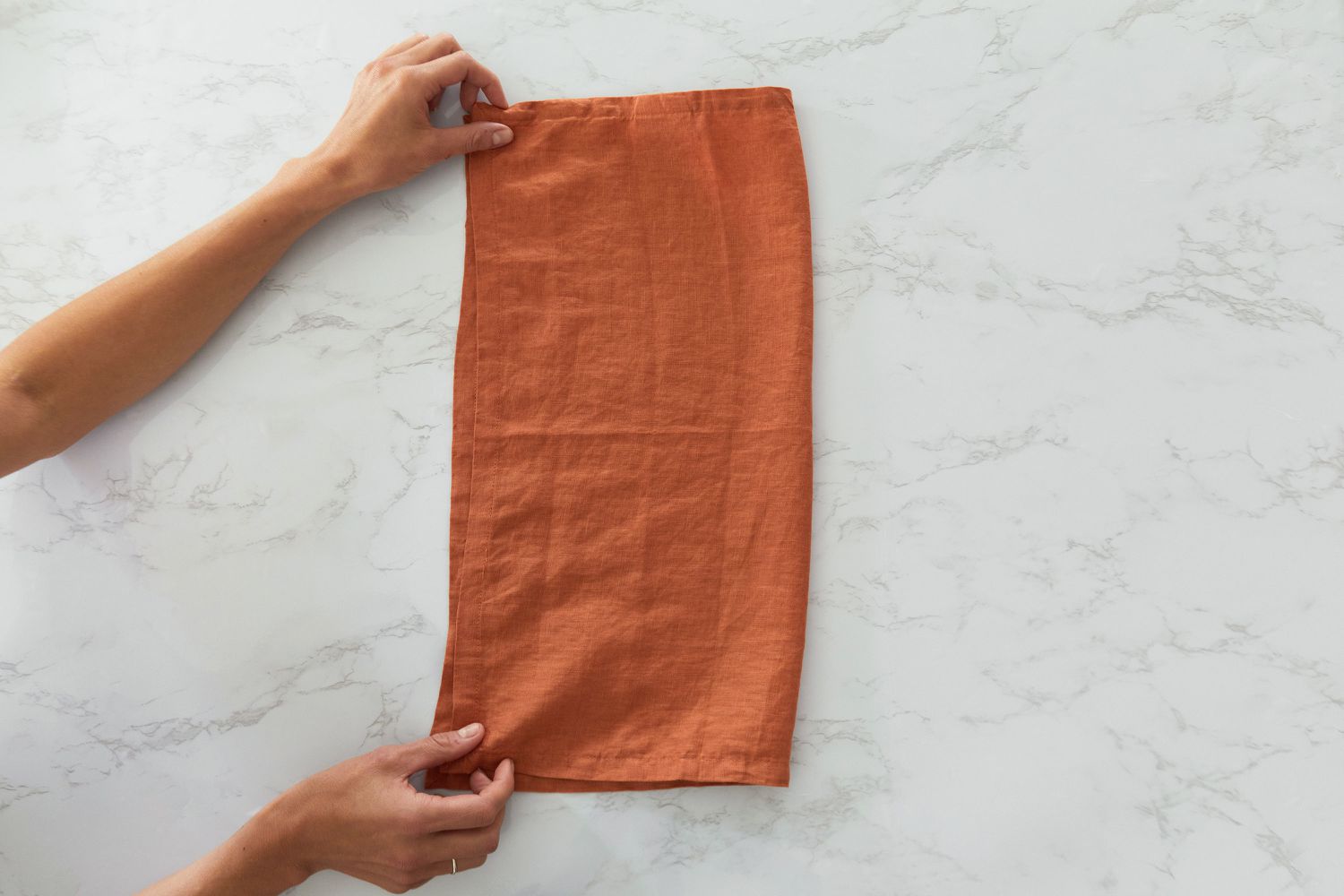
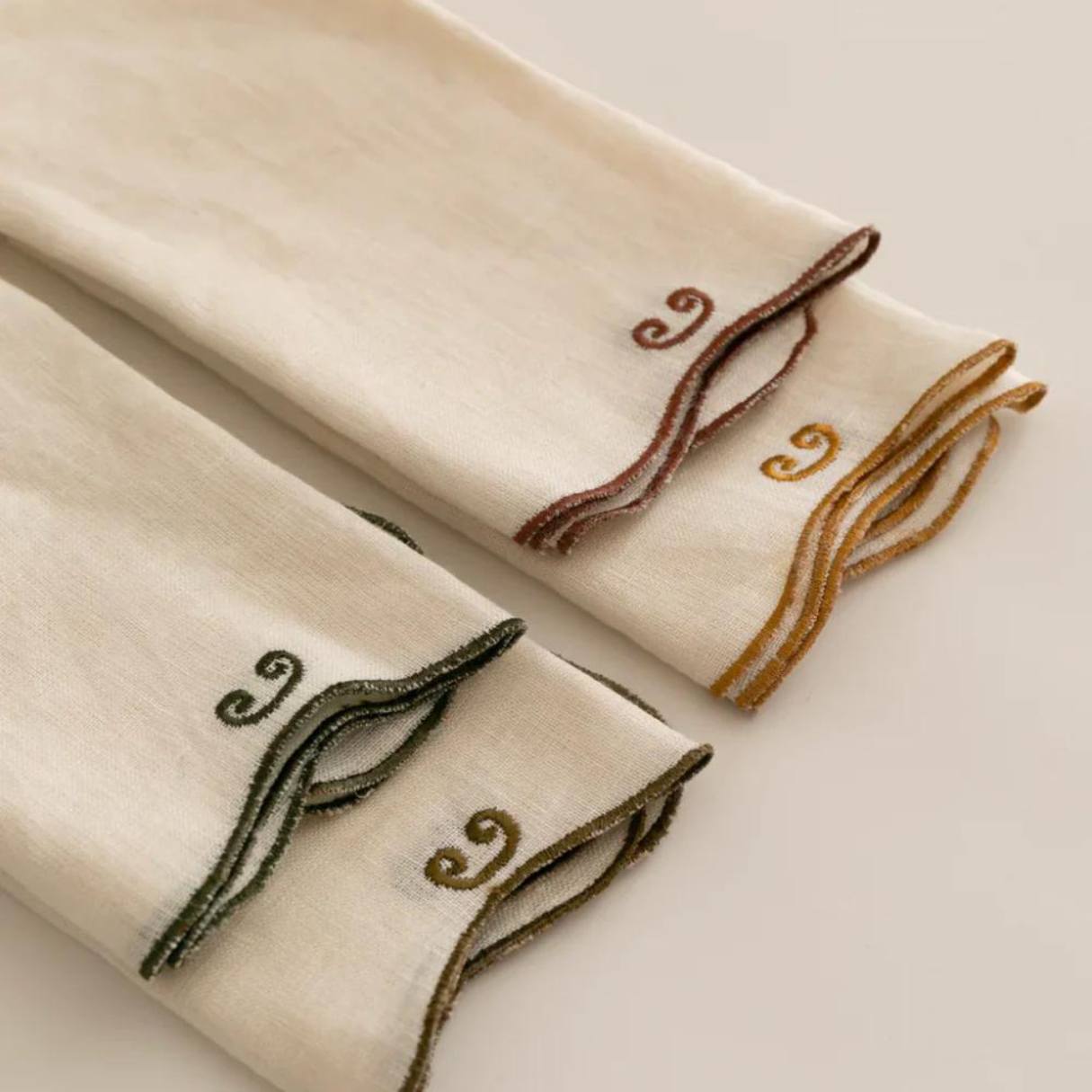
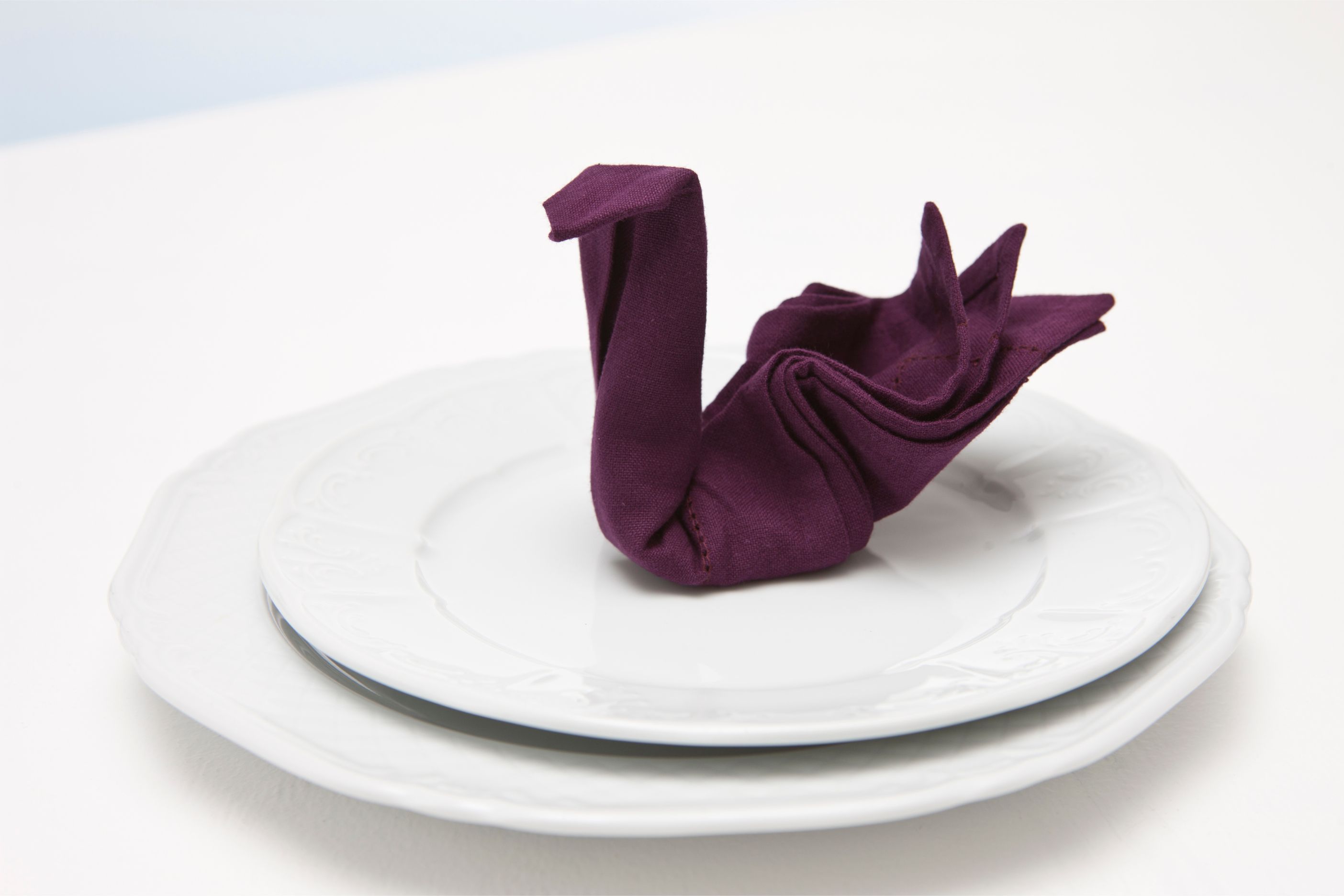
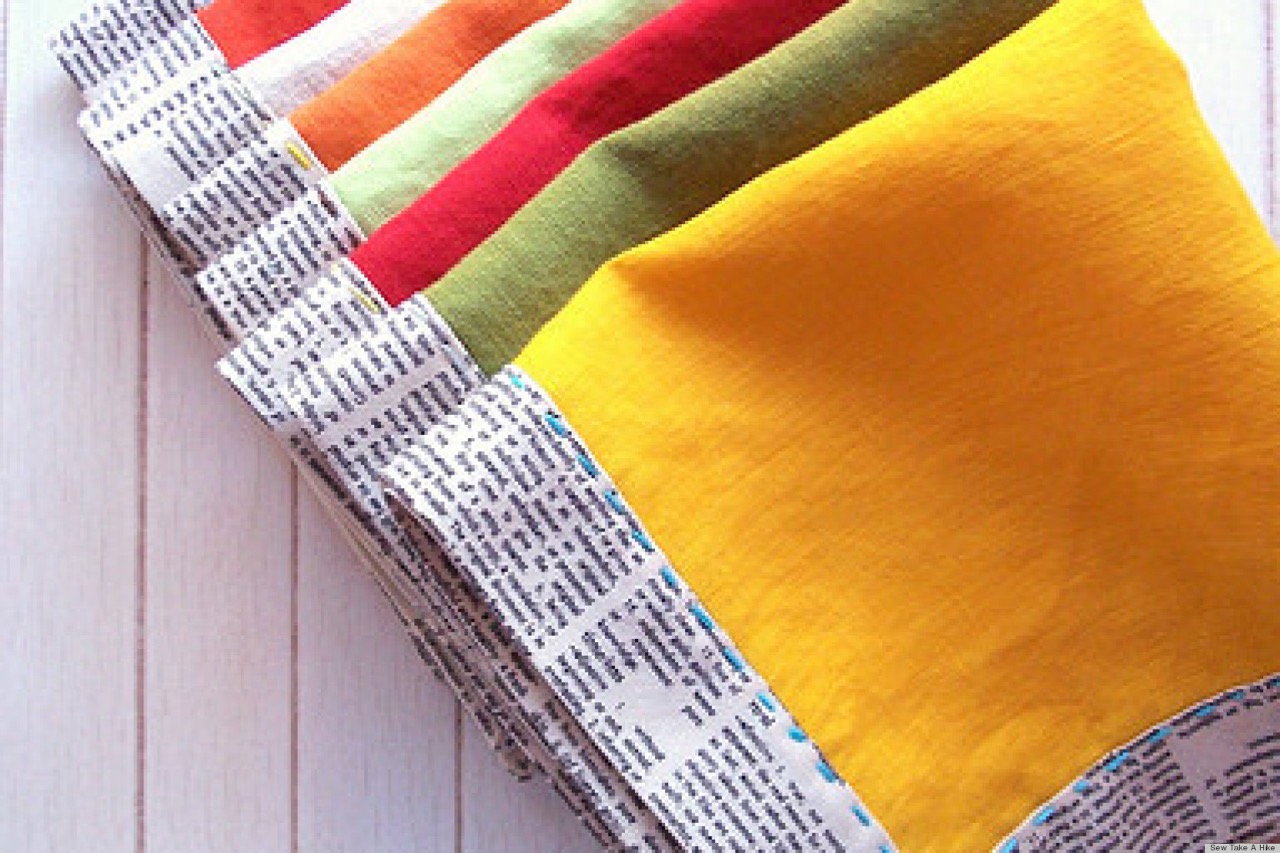
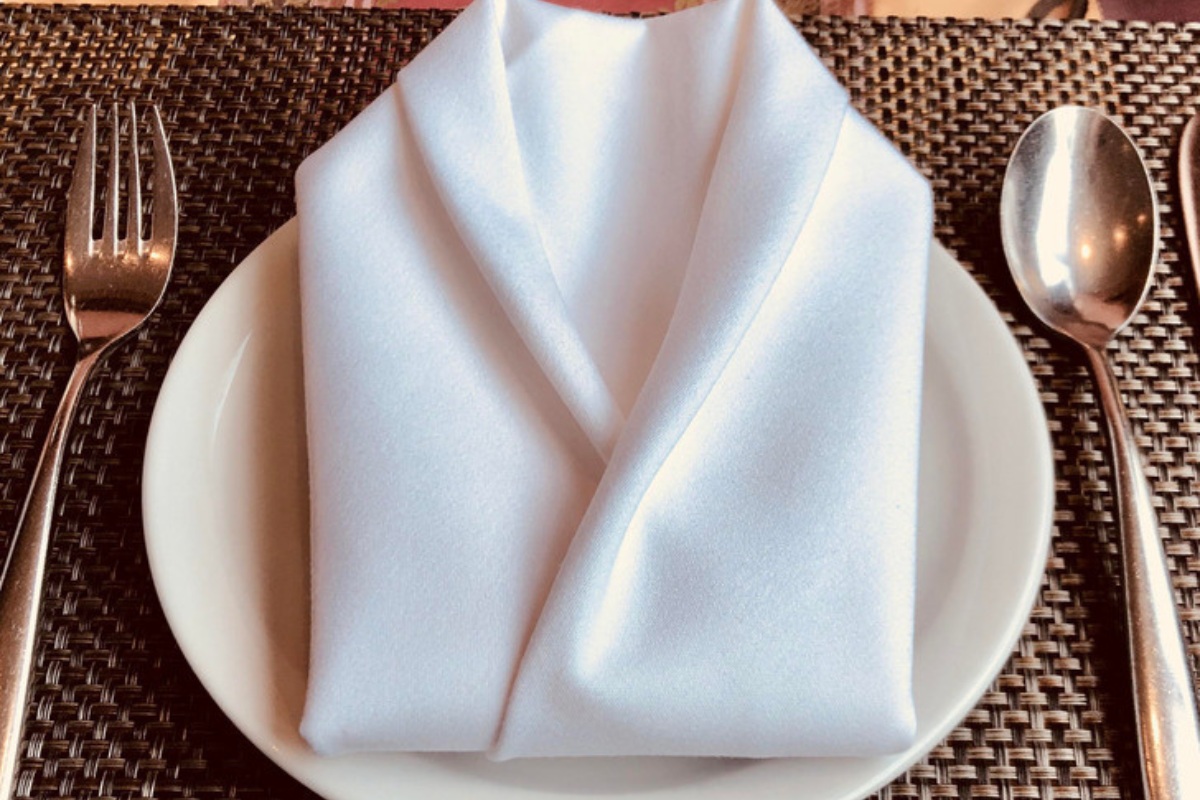
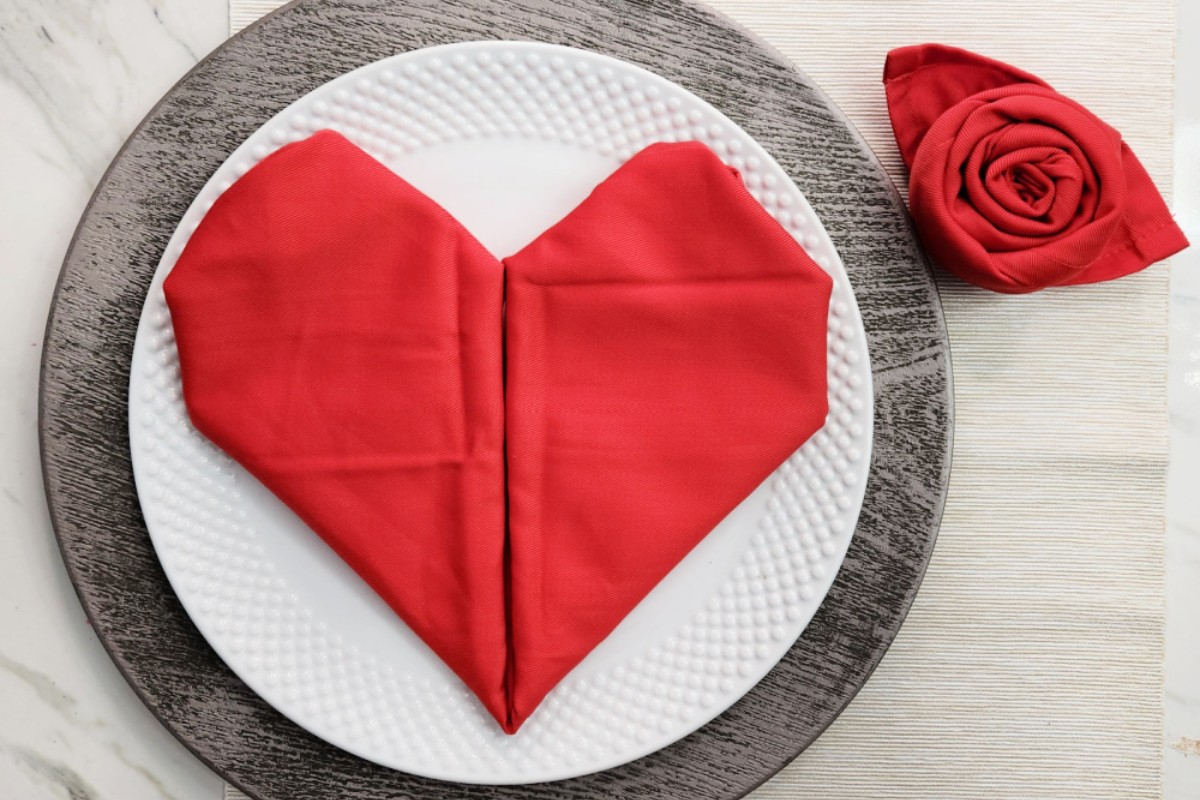
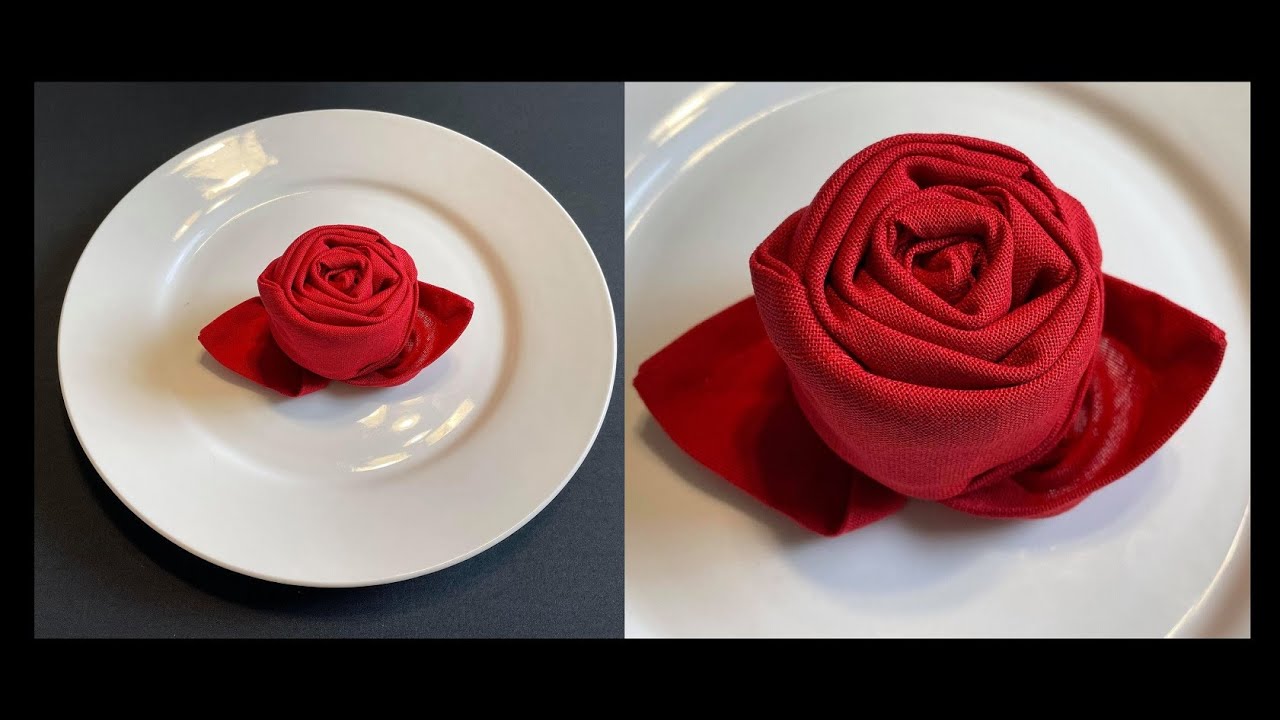
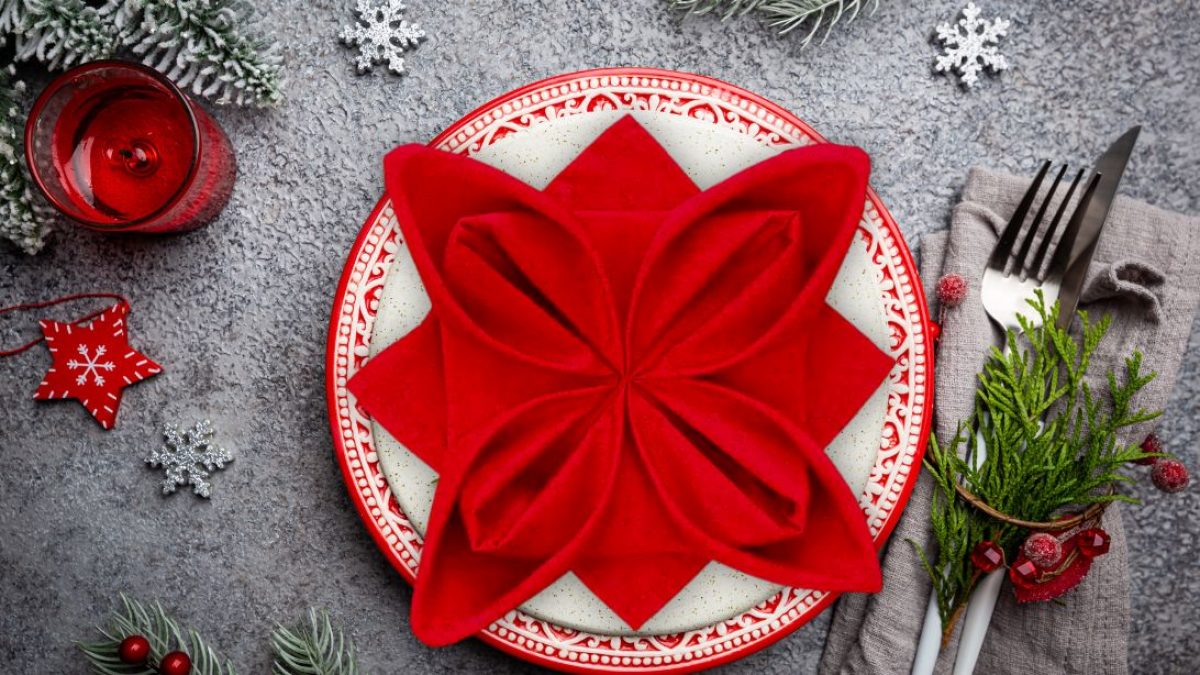

0 thoughts on “What Is A Decoupage Napkin”